Research centres & institutes
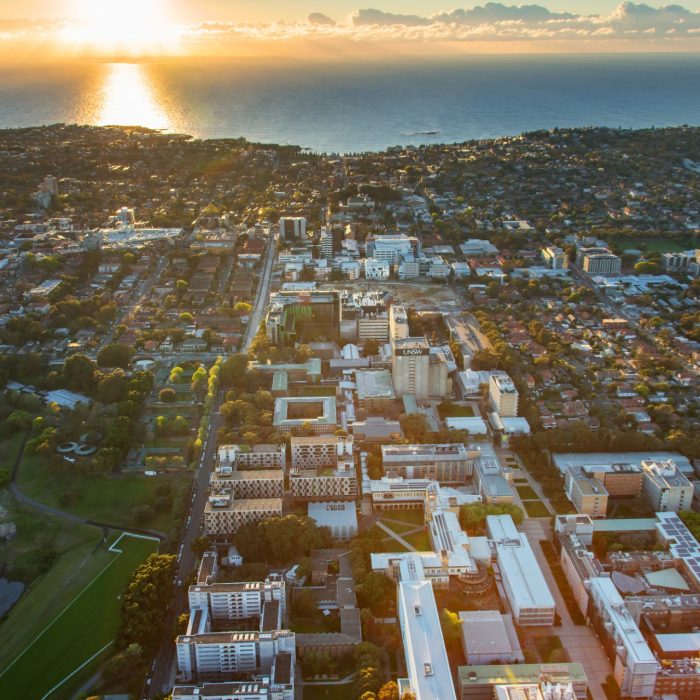
At UNSW Arts, Design & Architecture, we host and participate in a number of world-leading research centres and institutes recognised for their high-impact research and engagement, locally and globally. Our investigations advance our understanding of cities, people, places and technology. We conduct critical social enquiry into the intersections between inequality, wellbeing and justice, or use arts-led approaches and thinking to generate new insights into globally important issues.
UNSW centres & institutes
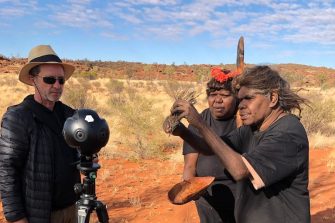
Big Anxiety Research Centre
The Big Anxiety Research Centre is a unique transdisciplinary enterprise, dedicated to transforming thinking and practice in mental health through creative collaboration and cultural innovation.

Centre for Social Research in Health
The Centre for Social Research in Health aims to increase understanding of the individual, social and structural factors that influence health-related behaviours, experiences and outcomes.

City Futures Research Centre
The City Futures Research Centre is a national leader in scholarly applied urban research based in the School of Built Environment.

Cities Institute
UNSW Cities Institute is independent and exists to develop new, long-term and integrated visions and roadmaps for the city.
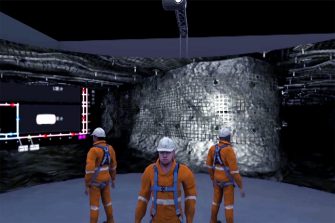
iCinema Centre for Interactive Cinema Research
The iCinema Centre is focused on the development of AI-based creative visualisation across the UNSW faculties of Arts, Design & Architecture, Engineering and Science, and UNSW Canberra at the Australian Defence Force Academy.

Social Policy Research Centre
The Social Policy Research Centre tackles critical social issues through research with a focus on poverty, inequality, wellbeing and justice.
ARC centres & other hubs
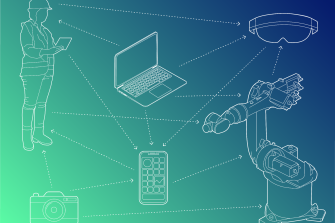
ARC Centre for Next-Gen Architectural Manufacturing (Arch_Manu)
Arch_Manu brings together academics, researchers, and industry experts from Architecture, Engineering, Management and Governance, Information Systems, Computer Science, Computational Design, Industrial Design, and Construction Management to investigate how data and digital strategy can help the AEC Sector meet critical sustainability and productivity goals.
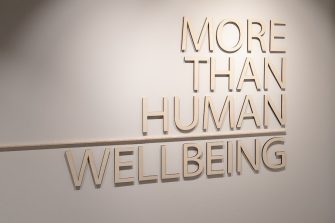
ARC Centre of Excellence for Automated Decision-Making and Society (ADM+S)
ADM+S brings together researchers in the humanities and social sciences, communication and media studies, law, computer science and data science.

ARC Centre of Excellence for Indigenous & Environmental Histories & Futures (CIEHF)
CIEHF was created to pursue better outcomes for Land and Sea Country by bringing Indigenous and Western knowledges together to understand the long-term histories and near-term futures of Australia. Our Centre is a collaboration between 29 organisations, bringing together Australia’s leading researchers and research organisations across diverse fields.

NSW Decarbonisation Innovation Hub
The Hub and its Networks support, accelerate, and attract investment to decarbonisation tech and services in NSW. They foster collaboration, partnerships and projects between industry, researchers and government to drive decarbonisation forward in NSW and beyond.
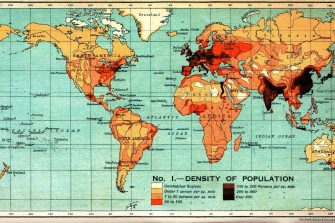
The Laureate Centre for History & Population
The Laureate Centre for History & Population asks how, where and why population policies emerged over the 19th and 20th centuries, and what their present legacies are, especially in the Asia-Pacific region.
Research labs
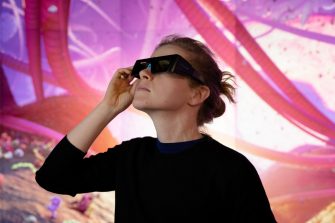
3DXLab
The 3DXLab is a multi-disciplinary research lab that unites artists, designers, and technologists to craft innovative immersive worlds.
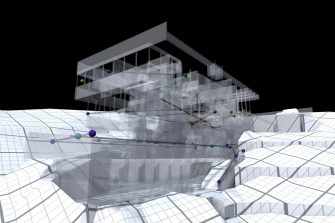
A³ LAB
The Advanced Architectural Analytics Laboratory (A3 LAB) is a multi-disciplinary research lab that specialises in architectural analytics and design computing.
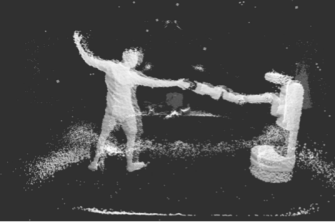
Creative Robotics Lab
Founded in 2011 at the School of Art & Design, the Creative Robotics Lab is a collaborative research and educational space that advances interaction between humans and machines.

Empirical Musicology Laboratory
The Empirical Musicology Laboratory applies interdisciplinary methods to understand the phenomenon of music and human interactions with it.
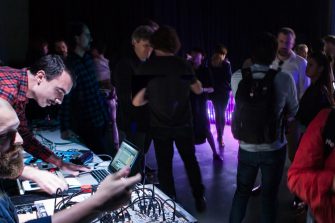
Creative Technologies Research Lab
The Creative Technologies Research Lab (CTRL) at the School of Art & Design researches and teaches emerging media technologies and their application in creative work.
Other research groups

Arts & Health Research Group
The Arts and Health Research Group build capacity in arts and health research, publications, collaborations, and knowledge exchange opportunities, connecting and intersecting with strategic areas within the university and beyond through local, national, and international networks.

Children & Youth Research Network
A university-wide research organisation with members from the social sciences, humanities, law, architecture and STEMM disciplines. They are united by their interest and commitment to enhancing the lives of children and young people.
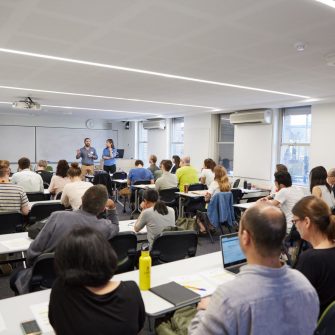
Critique Now
Critique Now in the School of Humanities and Languages brings together academics and students working in critical theorising and its applications across multiple disciplines.

Drawing Research Group
Drawing is an important tool in the communication of ideas, and we research theories, practices, methods, and processes across many disciplines - visual thinking through drawing is an essential cognitive skill for the future.
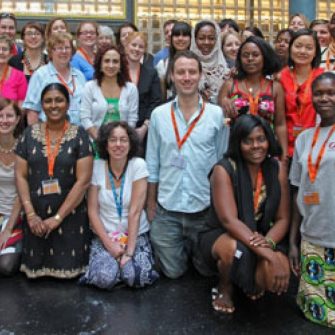
Forced Migration Research Network
The Forced Migration Research Network advances debate and knowledge translation on the multifaceted nature of human mobility and displacement.
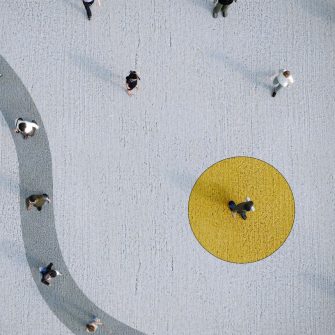
Gendered Violence Research Network
The Gendered Violence Research Network unites the significant domestic and international research expertise of UNSW to respond, prevent and end gendered violence in Australia and beyond.

Geospatial Research Innovation Development
GRID's research involves using unique geographic identifiers and efficient 3D indoor navigation to record and monitor complex environments.

Globalisation & Governance Research Network
The Globalisation and Governance Research Network represents UNSW academics who research the complex relationship between globalisation and governance.

High Performance Architecture Research Cluster
The High Performance Architecture Research Cluster aims to deliver research innovation in design, planning and management of high-performance buildings and cities.
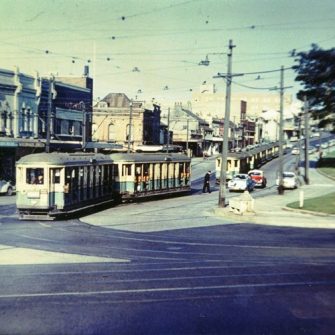
History & Theory of the Built Environment Research Cluster
The History and Theory of the Built Environment Research Cluster focuses on history and theory of architecture, urban planning, landscape architecture, interior architecture, industrial design.
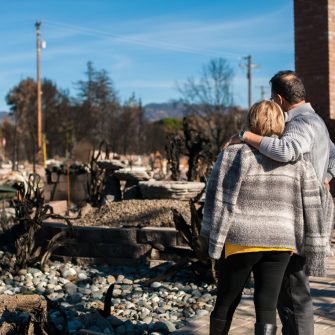
HowWeSurvive
HowWeSurvive is a long-term, independently funded initiative that aims to change the way community-centred disaster recovery efforts are enacted and understood.

Intermedial Composition Network
Established in the UNSW School of the Arts & Media, the Intermedial Composition Network (2015–) explores the creative practices of leading artists working in all media as a site of experiment, innovation, resilience and imagination.

Media Futures Hub
Media Futures Hub is a collection of scholars at UNSW researching justice, media, and emerging technologies.
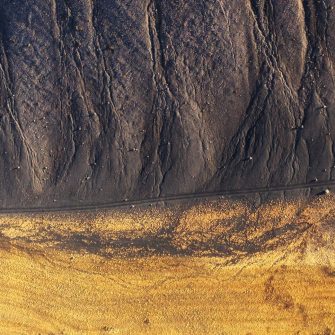
New Earth Histories Research Group
New Earth Histories brings the history of geosciences and the history of select world cosmologies together.
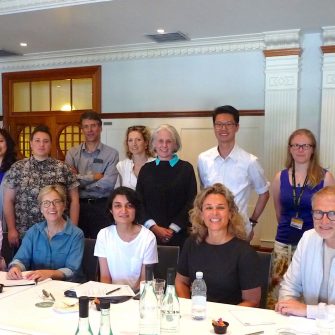
People & Place Research Cluster
The People and Place Research Cluster focuses on understanding the relationship between people and their environments, with 'place' being defined as broad as region and as small as a room.
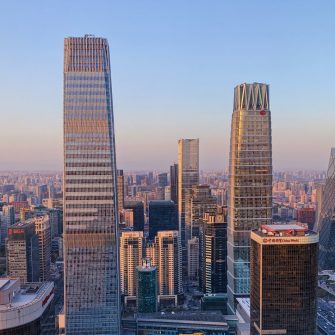
Smart Cities & Infrastructure Research Cluster
The Smart Cities and Infrastructure Cluster seeks to promote and advance the efficient design, planning and delivery of urban environments, infrastructure, and properties using spatially integrated information and smart technologies.
